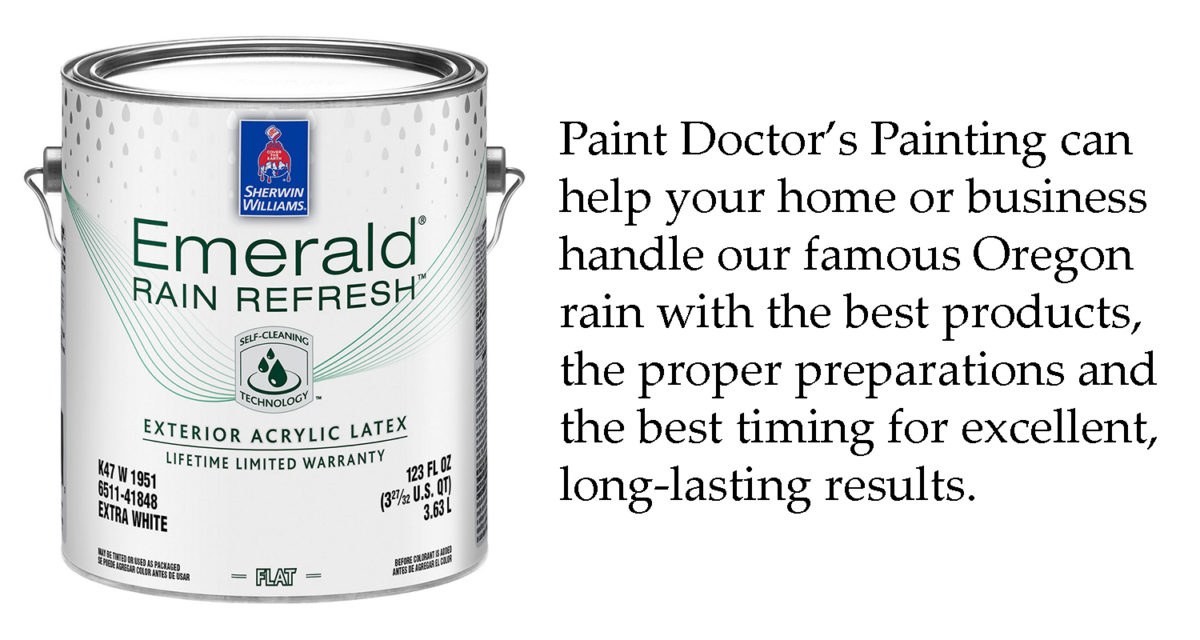Professional painters use professional equipment. It may seem to some that a paint brush is just a stick with bristles. There is a lot more to these essential tools than first meets the eye. You will get your best results matching the brush to the paint and to the job at hand. Sherwin-Williams offers some great help with it comes to choosing the right brush for your project:
Sherwin-Williams paint brushes come in a variety of sizes, end types and bristles. A high-quality brush can mean a better-looking job with less effort. Why? Because a good-quality brush holds more paint and applies it more evenly, which can save you time and help you get the results you want.
Types of Brushes
- Natural-bristle brushes made with animal hairs are used for applying oil base paints, varnishes, shellac, polyurethane and other oil base finishes. The natural “flagging” (splitting or fuzzy tips) of these brushes creates split ends in the bristles that hold more paint and help assure a smooth paint release and finish.
- Blended nylon/polyester brushes are easy to clean and work well with all types of latex paints. The combination of nylon’s durability and polyester’s shape retention is the mark of a high-quality brush – one that also produces a high-quality paint finish. What’s more, these durable brushes are built to handle numerous projects. So, with proper care, nylon / polyester brushes should last for years.
- Polyester brushes are best for latex paints. These brushes hold their shape and stiffness in any paint and apply paint smoothly and evenly.
Brush Sizes
Sherwin-Williams paintbrushes are available in widths from 1 to 4 inches. The size you select is up to you, but a good rule of thumb is:
- 1″ to 2″ – window and other small trim
- 3″ – glossy paints for doors and cabinets
- 4″ – large, flat areas
Brush End Types
- Chisel Trim Brush – slanted bristles produce a good, straight line for trimming in corners and edges.
- Square Trim Brush – the ends of the bristles are cut square and used primarily for applying paint over flat areas.
- Angled Brush – bristles are cut to make it easier to apply paint to window trim.
Brush Styles
- Thin Angle Sash – slanted bristles and a thin profile produce a good, straight line for trimming in corners and edges.
- Angle Sash – features slanted bristles and holds more paint than its thin counterpart. Excellent for cutting in at the ceiling or painting trim.
- Flat Sash – bristles are straight across and used primarily for applying paint over flat areas.
- Trim – a flat brush excellent for painting large flat surfaces, especially exterior siding.
- Wall – a thick flat brush that holds a larger amount of paint. Excellent for painting larger surface areas.


